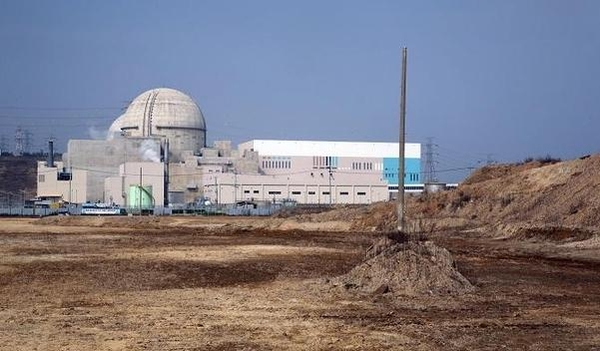Input 2021.03.18 09:49 | Revision 2021.03.18 10:01
According to the business report disclosed by KHNP on the 18th, operating profit on a consolidated basis last year increased 68% from the previous year to KRW 1.3158 trillion. This is the highest performance since 2017 (1,3972 billion won). Sales increased 11.3% over the same period to KRW 9,999.7 billion.
As the utilization rate of nuclear power plants increased, KHNP’s operating profit also improved. Last year, the nuclear power plant utilization rate was 75.3%, an increase of 4.7 percentage points from 70.6% of the previous year. In December of last year, the utilization rate rose to 83.6%.

Accordingly, KHNP’s operating profit also decreased to 1.14 trillion won in 2018 and 783 billion won in 2019.
KHNP’s side explained that the utilization rate of nuclear power plants increased as some of the nuclear power plants that had been shut down due to maintenance, etc., resumed normal operation. An official from KHNP explained, “As the utilization rate of nuclear power plants increased, the sales volume of electricity increased, and the sales price of electricity increased, resulting in an increase in operating profit.”
KHNP’s average electricity sales price rose 1.2% from 60.14 won per kWh in 2019 to 60.87 won last year. During this period, sales volume increased by 9.7% from 143,157 GWh to 156988 GWh.
KHNP’s operating profit was 1,338.6 billion won on a separate basis. This is half of the operating profit of the parent company, KEPCO, of 2.78 trillion won (separately).
The operating profits of KEPCO and KHNP increased significantly, but the other power generation companies, mainly for thermal power generation, were sluggish.
According to KEPCO, on a separate basis, Southeast Power generated a deficit of 107.4 billion won. East-West Power and Western Power also recorded operating losses of 81.7 billion won and 68 billion won, respectively. Southern Power generated only 6.2 billion won in operating profit.
However, KOMIPO posted an operating profit of 100.4 billion won thanks to an increase in the utilization rate of liquefied natural gas (LNG) and a drop in LNG prices.
It is analyzed that the performance deterioration of power generation subsidiaries is due to the government’s coal-free policy, a decrease in demand due to Corona 19, and a decrease in the wholesale electricity price (SMP). These five power generation subsidiaries are expected to record a net loss of 1.3 trillion won in total this year, and they formed a task force (TF) to respond jointly.
According to the budget operation plan reported to the board of directors at the beginning of this year, the five power generation companies will record net losses of 35 billion won for Southeast Power, 2633 billion won for Central Power, 252.1 billion won for Southern Power, 246 billion won for East-West Power, and 2308 billion won for Western Power, respectively. It was predicted.
